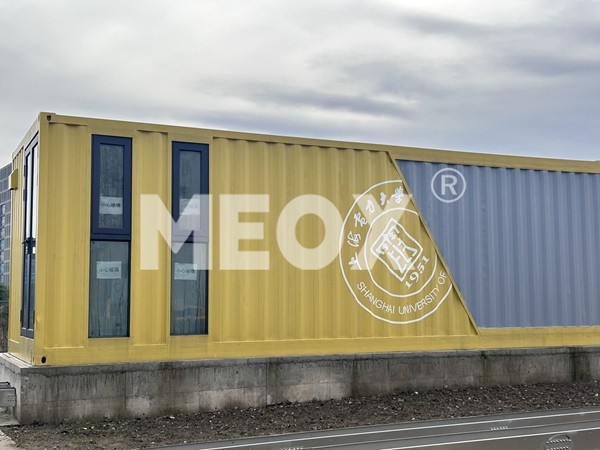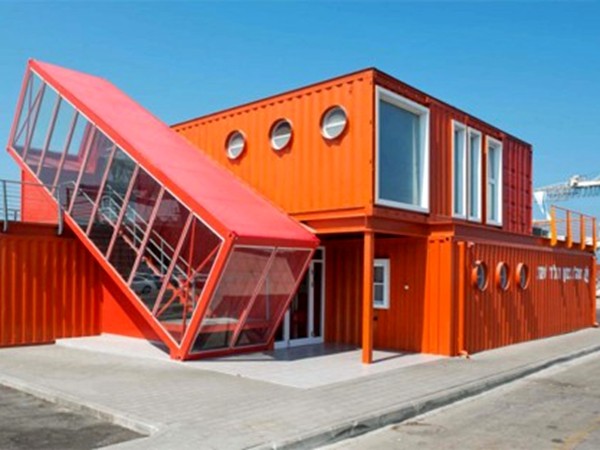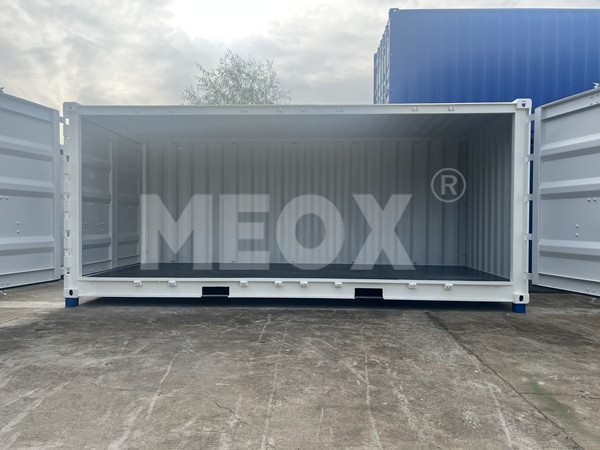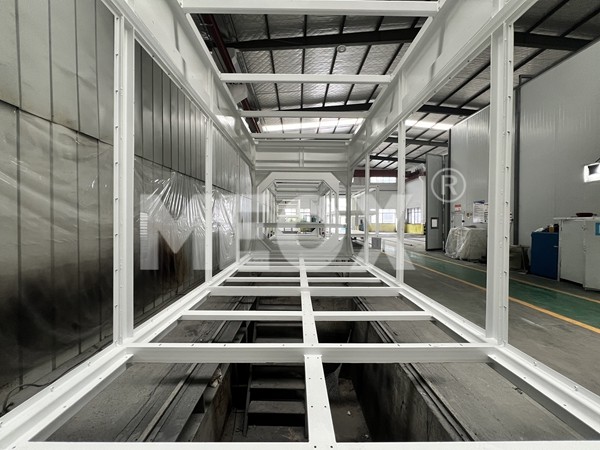Designing and living in a two-level shipping container home offers a combination of sustainability, modern aesthetics, and practicality that appeals to a wide range of enthusiasts. Given the growing demand for eco-friendly and innovative housing solutions, shipping container homes have become a preferable option for many seeking to make a unique statement while maintaining functionality and comfort.

A two-level shipping container home maximizes space usage, often crucial for urban or compact settings. These homes also provide a cost-effective solution compared to conventional construction, as the base structure—a shipping container—is relatively inexpensive and readily available. The industrial sturdiness of container materials offers inherent durability, often capable of withstanding extreme weather conditions, while also boasting a unique modern-industrial aesthetic.
Building a two-level container home involves selecting appropriate containers—typically two or more—stacked or arranged creatively to form living spaces like kitchens, bathrooms, bedrooms, and communal areas. The construction process is significantly faster than traditional building methods, as containers arrive prefabricated and can be modified off-site before being assembled into the home framework.
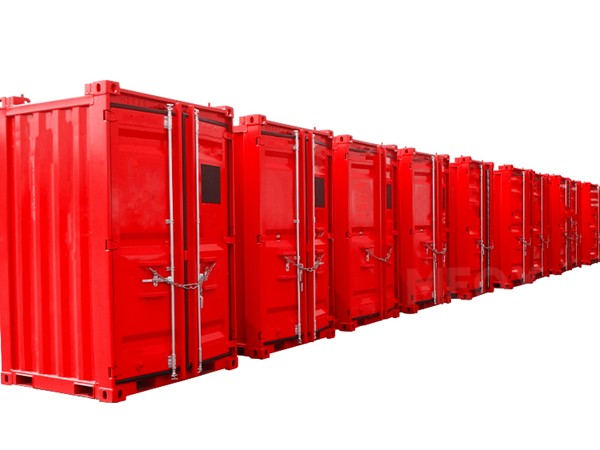
Real-world experiences highlight various advantages; for instance, container homes allow extensive customizability through interior design and layout alterations. Many homeowners choose to install large windows or sliding doors, enhancing natural light and ventilation while providing personalized touches to the façade.
A crucial consideration for anyone venturing into container home design is adherence to local building codes and regulations. Permits and zoning laws vary by location, so consulting with experienced contractors or architects who specialize in container structures ensures compliance and smooth project execution. Another vital factor involves insulation and temperature regulation. Although metal containers are designed for durability, without proper insulation, they can become extremely hot or cold depending on external conditions. Utilizing high-quality insulation materials and implementing sustainable energy solutions such as solar panels can significantly improve thermal comfort and energy efficiency.2 level shipping container home
Moreover, the environmental aspect of reusing shipping containers attracts eco-conscious buyers. Repurposing containers reduces waste and the demand for traditional building materials, contributing to reducing environmental impact. Opting for sustainable interior fittings and furnishings further complements the eco-friendly approach of container home living.
Expertise in prefabricated home construction is increasingly gaining recognition within the industry, making it essential to partner with reputable builders who have a proven track record in container conversion projects. These professionals offer valuable insights, from cutting techniques to reinforcing structural integrity, ensuring safety, and optimizing space utility.
Building trust with potential buyers or investors goes beyond showcasing technical prowess. Real-life testimonials and quality case studies provide assurance of the container home’s livability and long-term stability. Engaging with a community of container homeowners through online forums and social media platforms can also offer novices practical advice and support as they embark on their journey.
In summary, the appeal of two-level shipping container homes lies in their blend of modernity, sustainability, and affordability. They offer a practical, stylish living arrangement that challenges traditional housing norms, making them a popular choice for those keen on innovative living spaces. With the right planning, expert guidance, and community support, building a container home becomes a rewarding venture, adding a distinctive touch to contemporary living.

